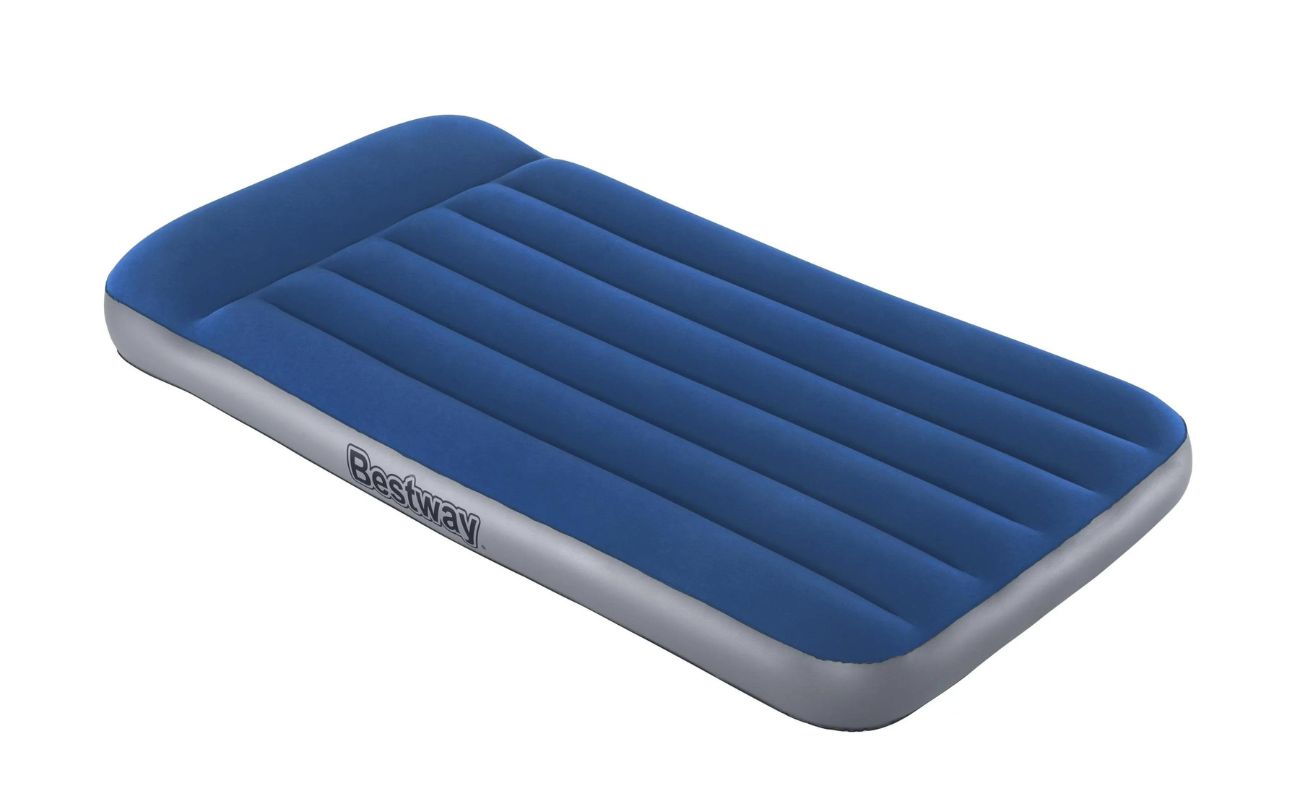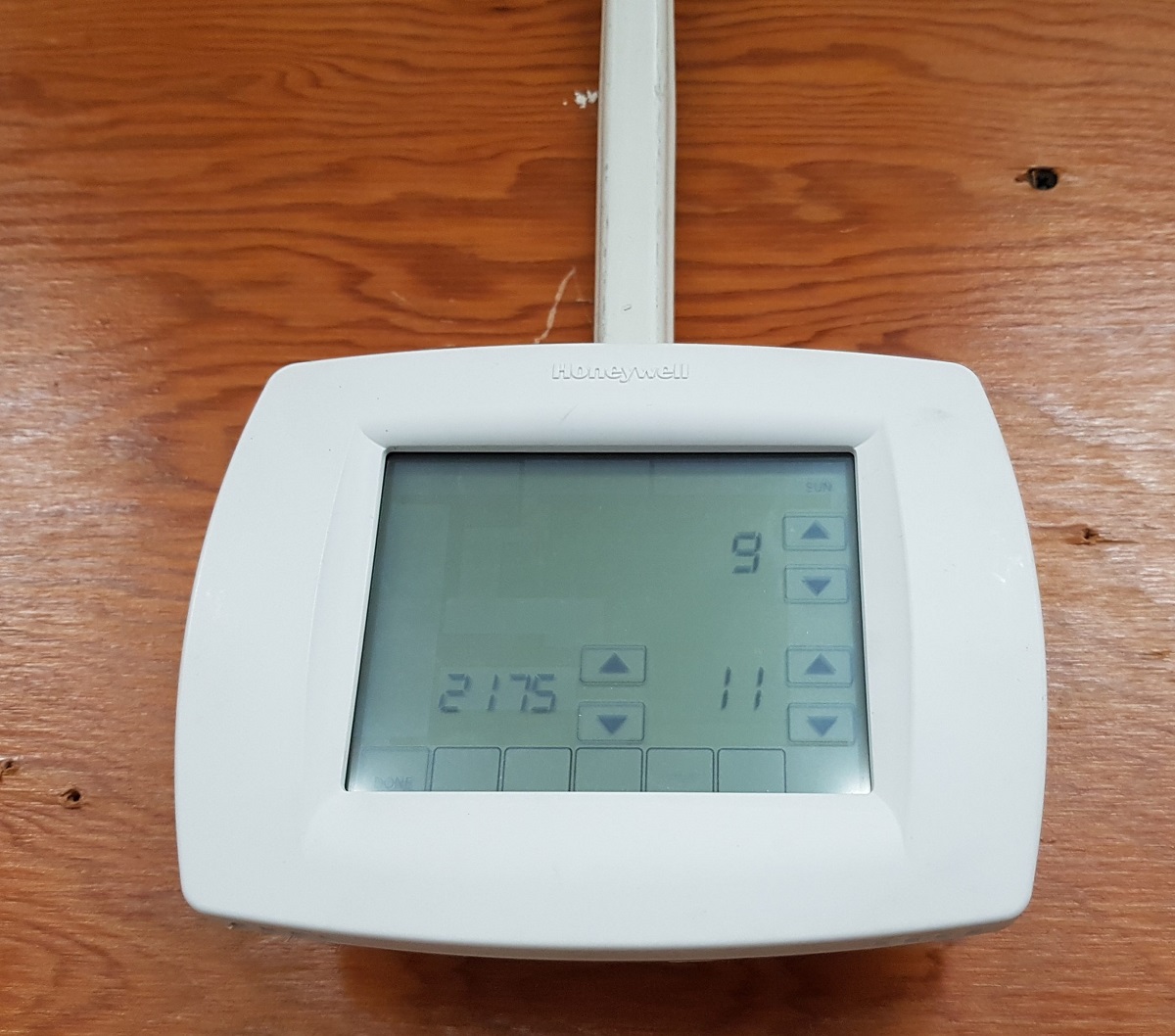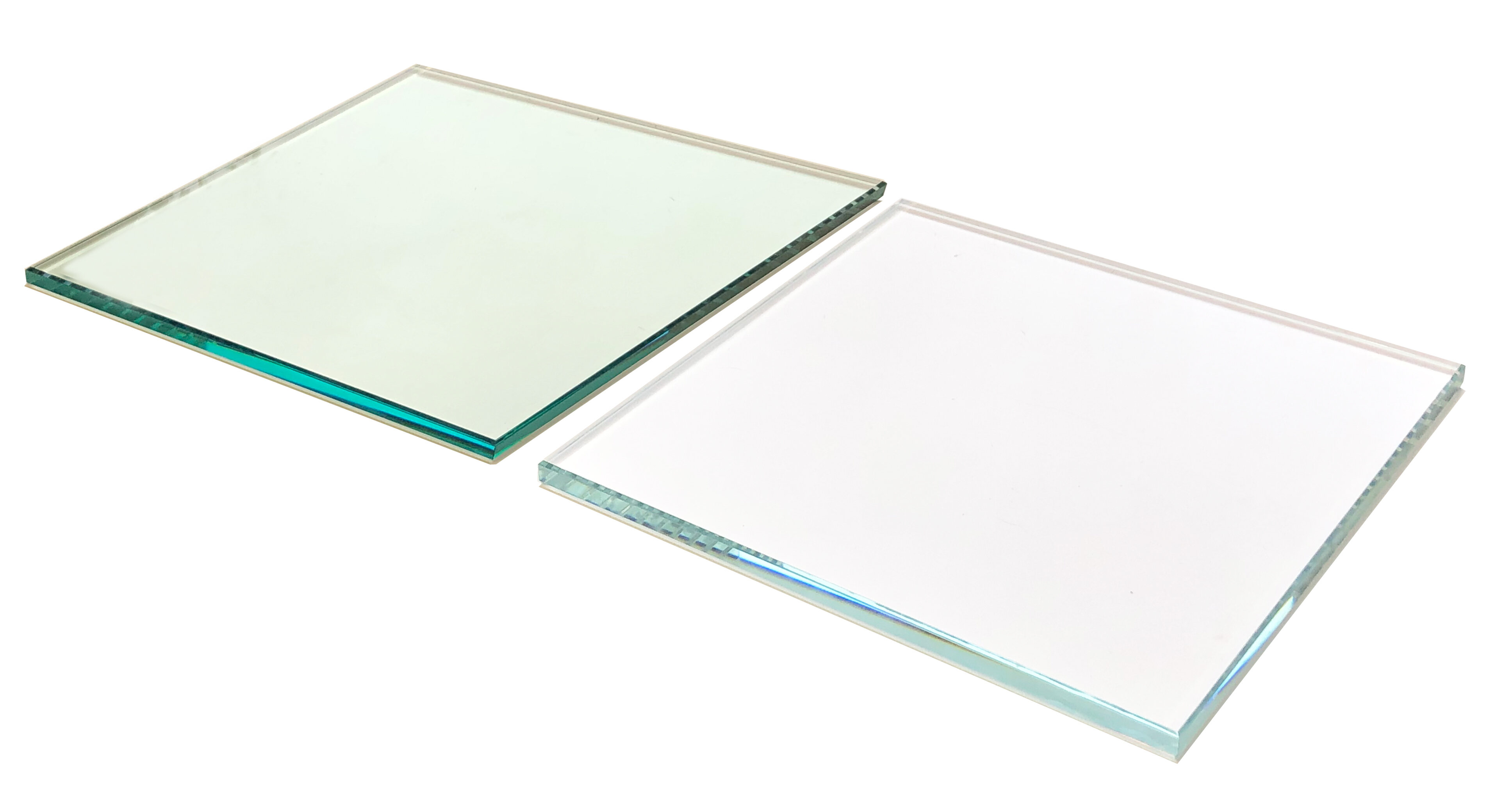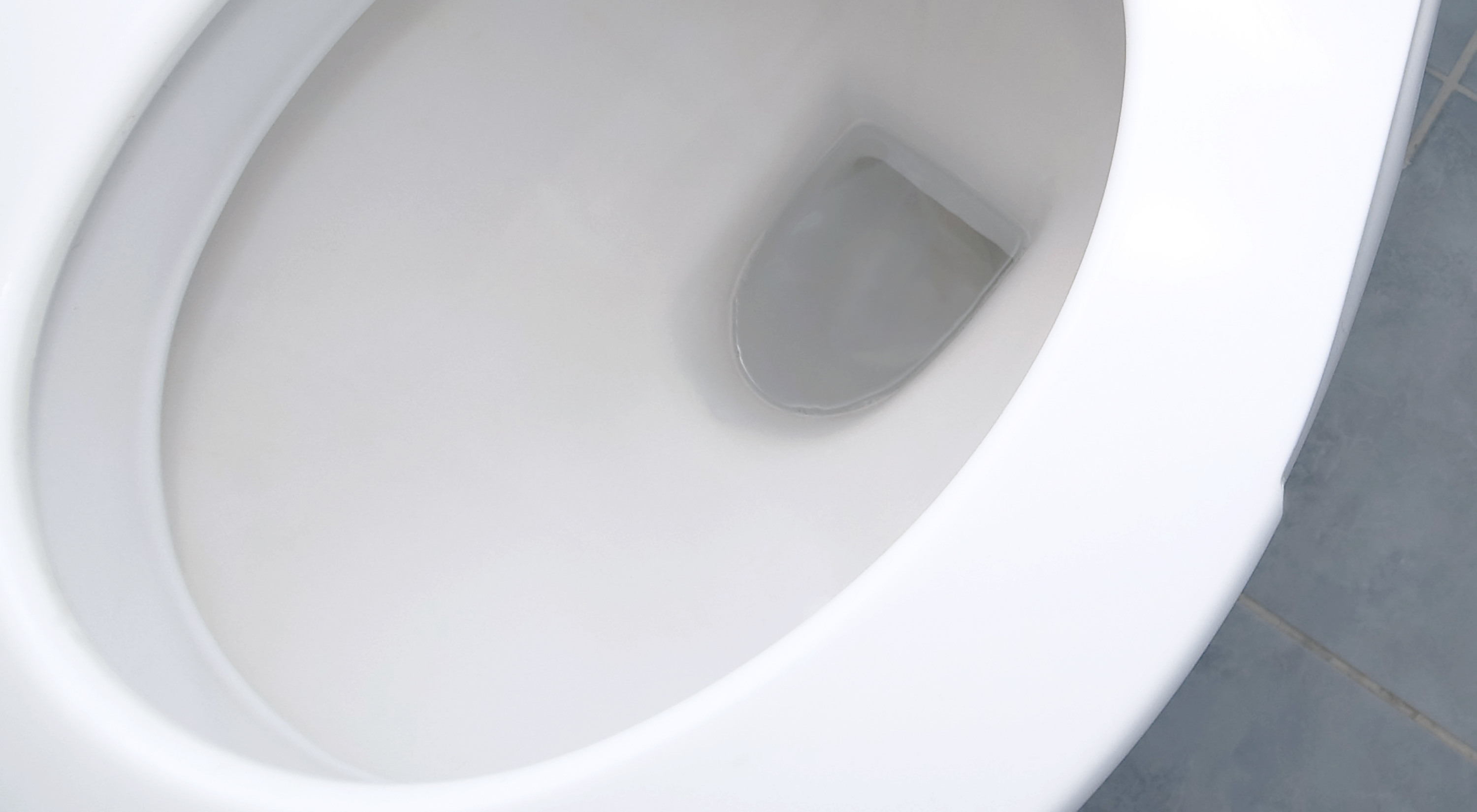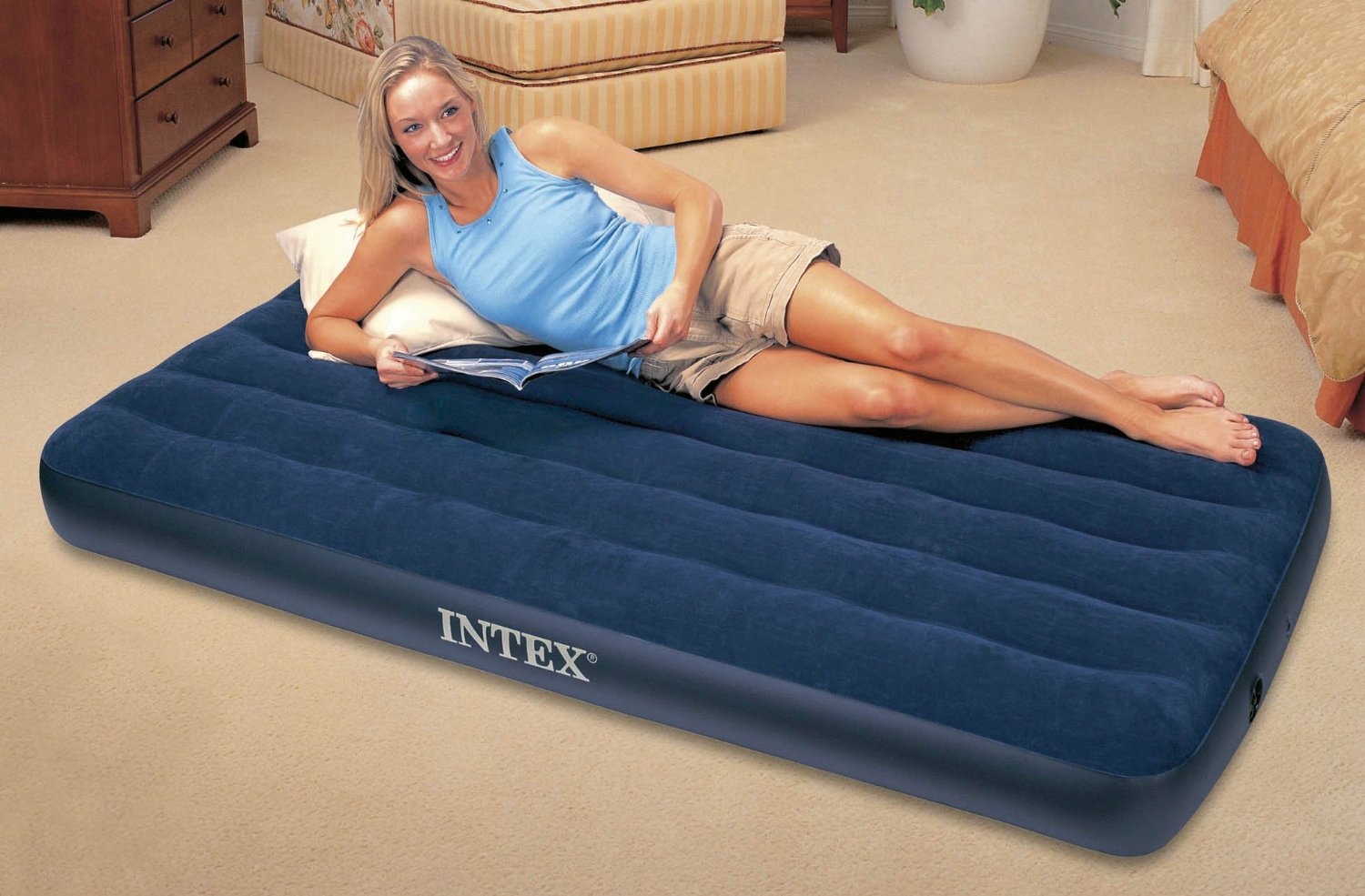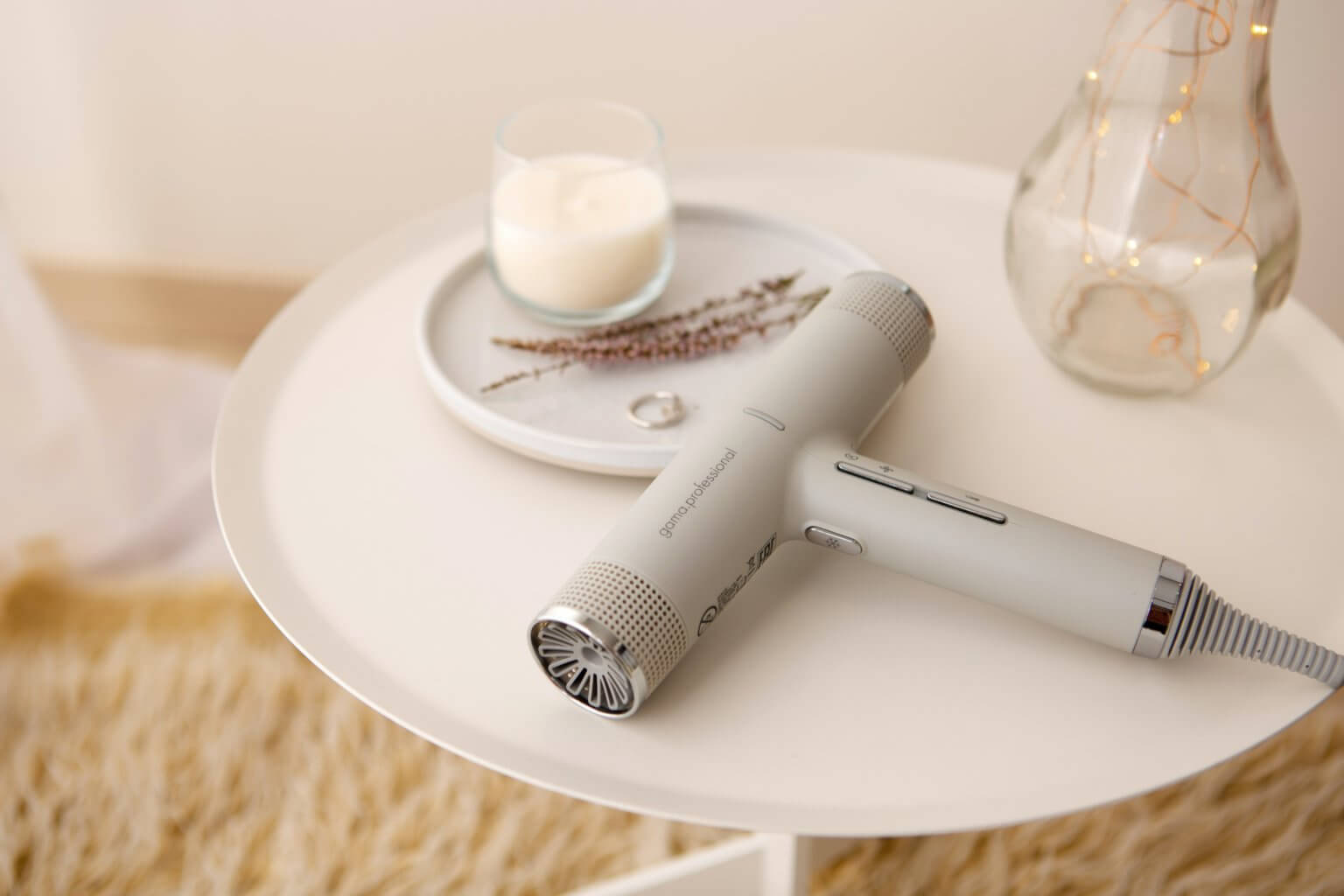Home>Furniture>Bedroom Furniture>What Is A Low Air Loss Mattress
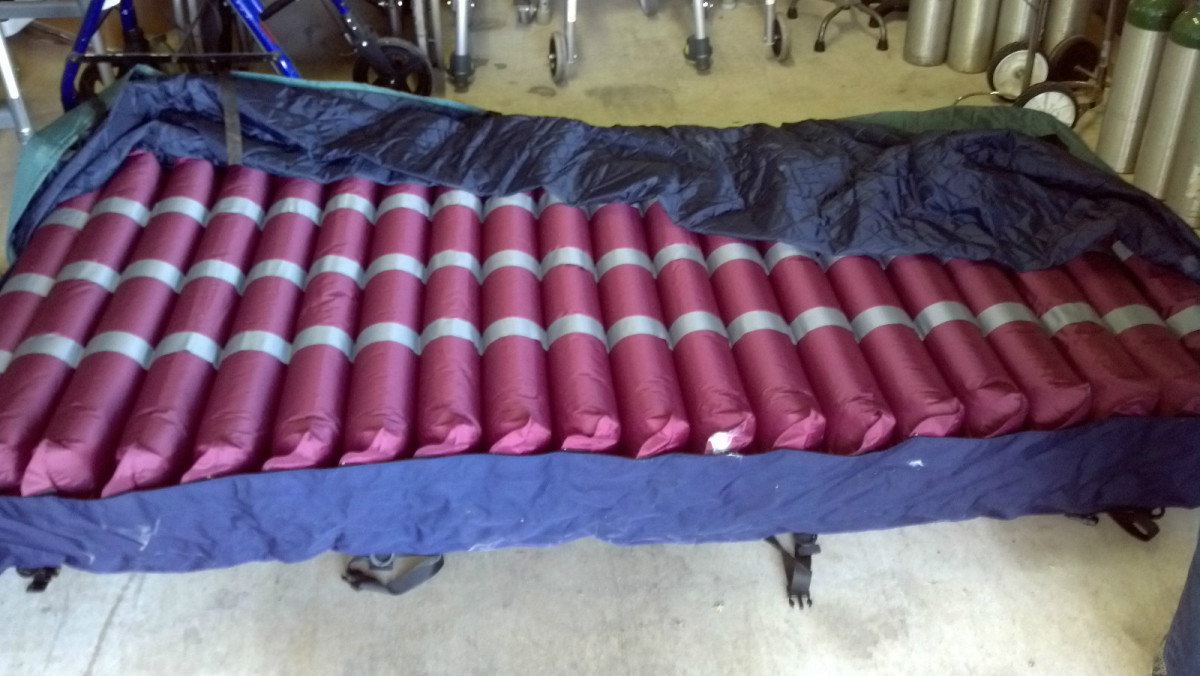

Bedroom Furniture
What Is A Low Air Loss Mattress
Modified: August 25, 2024
Find out what a low air loss mattress is and how it can benefit your bedroom furniture collection. Improve comfort and airflow for a better night's sleep.
(Many of the links in this article redirect to a specific reviewed product. Your purchase of these products through affiliate links helps to generate commission for Storables.com, at no extra cost. Learn more)
Introduction
When it comes to creating a comfortable and restful bedroom environment, the right mattress plays a pivotal role. A good mattress is crucial for promoting quality sleep and alleviating common sleep issues. But what about individuals who require specialized care, such as those with pressure ulcers or limited mobility?
Enter the low air loss mattress. This innovative piece of bedroom furniture offers unique benefits for individuals in need of enhanced support and pressure relief. In this article, we’ll explore what a low air loss mattress is, how it works, the benefits it offers, and the considerations you need to keep in mind before deciding if it’s the right choice for you.
But first, let’s clarify what exactly a low air loss mattress is. Simply put, it is a mattress designed to provide a constant flow of air underneath the patient’s body. This flow of air helps to distribute pressure more evenly, reduce moisture build-up, and maintain a cool and dry sleeping surface. The mattress consists of a series of air cells that are inflated and deflated in a cyclical pattern, allowing for optimal pressure redistribution.
The primary purpose of a low air loss mattress is to reduce the incidence of pressure ulcers, commonly known as bedsores. Pressure ulcers develop when prolonged pressure restricts blood flow to specific areas of the body, leading to tissue damage and open wounds. By providing a continual airflow, a low air loss mattress helps to minimize pressure points and enhance overall comfort.
So, how does a low air loss mattress actually work? Keep reading to find out.
Key Takeaways:
- Low air loss mattresses provide specialized support and pressure relief, making them beneficial for individuals at risk of pressure ulcers, such as those with limited mobility, chronic illnesses, or post-surgery recovery.
- Before choosing a low air loss mattress, consider factors like medical advice, skin sensitivity, maintenance requirements, and personal preferences to ensure it aligns with your specific healthcare needs and circumstances.
Read more: What Is A Low Profile Mattress
Definition of a Low Air Loss Mattress
A low air loss mattress is a type of therapeutic mattress that is specifically designed to address the needs of individuals who are susceptible to pressure ulcers or have limited mobility. It is an advanced piece of bedding technology that utilizes a system of air chambers and a constant flow of air to create a supportive and pressure-reducing surface for the sleeper.
The mattress typically consists of three main components: an air bladder system, a control unit, and a cover. The air bladder system is responsible for distributing the air evenly across the mattress and adjusting the firmness and pressure levels. The control unit, which is usually housed within the mattress or connected externally, is used to regulate the airflow and adjust the settings to meet the individual’s comfort needs. The cover is often made of breathable and moisture-wicking materials to promote airflow and prevent the buildup of heat and humidity.
What sets a low air loss mattress apart from traditional mattresses is its ability to maintain a consistent flow of air throughout the mattress surface. Small laser-cut holes or micro-perforations on the top layer of the mattress allow air to escape, creating a gentle airflow that helps to reduce moisture and heat buildup. This airflow also helps to minimize friction and shear forces that can contribute to the development of pressure ulcers.
Low air loss mattresses are typically used in healthcare settings, such as hospitals, long-term care facilities, and homecare environments, where individuals require specialized support and pressure management. However, they are also becoming increasingly popular for personal home use, especially for individuals with chronic illnesses, mobility issues, or those who spend long periods of time in bed.
It’s important to note that low air loss mattresses are not a one-size-fits-all solution. The level of air loss and pressure distribution can be adjusted to suit the individual’s specific needs, making them customizable for each user. Additionally, low air loss mattresses often come with other features such as adjustable firmness settings, alternating pressure modes, and integrated pressure monitoring systems to further enhance their therapeutic benefits.
Now that we have a clear understanding of what a low air loss mattress is, let’s delve into how it actually works.
How Does a Low Air Loss Mattress Work?
A low air loss mattress works by utilizing a sophisticated system of air chambers and a constant flow of air to create an optimal sleeping surface. The mattress is designed to distribute pressure more evenly, reduce moisture buildup, and promote a cool and dry environment for the sleeper.
At the core of a low air loss mattress is an air bladder system consisting of multiple air chambers or cells. These cells are connected to a control unit that regulates the airflow and pressure levels within the mattress. The control unit allows for customization of the firmness and pressure settings according to the individual’s specific needs.
The mattress is designed to distribute the user’s weight more evenly, thereby reducing pressure on vulnerable areas of the body, such as the hips, shoulders, and heels. This is achieved through the inflation and deflation of the air cells in a cyclic pattern. As each cell alternately inflates and deflates, it creates a gentle pulsation that helps to minimize pressure on any particular spot.
In addition to pressure reduction, a key feature of a low air loss mattress is the ability to maintain a constant flow of air across the entire surface. Small laser-cut holes or micro-perforations on the top layer of the mattress allow air to escape, creating a gentle airflow that helps to reduce moisture and heat buildup. This airflow helps to keep the skin dry and cool, minimizing the risk of skin breakdown and the formation of pressure ulcers.
Moreover, the constant airflow of a low air loss mattress helps to reduce friction and shear forces. Friction occurs when the skin rubs against a surface, leading to skin irritation and damage. Shear forces occur when the skin moves in different directions while the underlying tissues remain relatively stationary. By minimizing friction and shear forces, a low air loss mattress further reduces the risk of pressure ulcer development.
It’s worth noting that modern low air loss mattresses often come equipped with advanced features, such as pressure monitoring systems. These systems allow caregivers or healthcare professionals to monitor and adjust the pressure levels to ensure optimal comfort and pressure redistribution for the individual.
In summary, a low air loss mattress works by utilizing an air bladder system, a control unit, and a constant flow of air to create a supportive, pressure-reducing, and moisture-regulating sleeping surface. By distributing pressure more evenly and maintaining a dry and cool environment, a low air loss mattress can provide significant benefits for individuals in need of specialized care.
Benefits of Using a Low Air Loss Mattress
Using a low air loss mattress can offer a range of benefits for individuals who require specialized support and pressure management. Here are some of the key advantages that make low air loss mattresses a popular choice:
- Pressure Relief: One of the primary benefits of a low air loss mattress is its ability to reduce pressure on vulnerable areas of the body. By distributing weight more evenly and minimizing the risk of pressure points, the mattress helps to alleviate discomfort and reduces the likelihood of pressure ulcers.
- Enhanced Comfort: The constant airflow provided by a low air loss mattress helps to keep the skin cool and dry, promoting a more comfortable sleeping environment. This can be particularly beneficial for individuals who tend to perspire or experience overheating while lying in bed for long periods.
- Promotes Healing and Tissue Regeneration: By reducing pressure and improving blood circulation, a low air loss mattress can help promote the healing of existing pressure ulcers. The improved oxygen and nutrient supply to the affected areas aids in tissue regeneration and accelerates the healing process.
- Prevents Moisture and Heat Buildup: The airflow provided by a low air loss mattress helps to reduce moisture and heat buildup. This is especially important for individuals who are prone to sweating or are at risk of developing skin infections. The prevention of moisture and heat can also contribute to a more hygienic and comfortable sleeping environment.
- Customizable Support: Low air loss mattresses often come with adjustable firmness settings, allowing users to customize the level of support according to their comfort needs. This personalization ensures that individuals receive the optimal level of support and pressure relief for their unique requirements.
- Improved Sleep Quality: With its pressure-relieving properties and enhanced comfort features, a low air loss mattress can significantly improve sleep quality. By minimizing discomfort and providing a supportive sleep surface, users may experience more restful and uninterrupted sleep.
- Convenience and Versatility: Low air loss mattresses are available in various sizes, making them suitable for use in different healthcare environments, including hospitals, long-term care facilities, and homecare settings. They can also be adjusted to accommodate specific user preferences and medical needs.
These benefits collectively contribute to the overall well-being of individuals who require specialized care, promoting comfort, healing, and improved quality of life.
Considerations Before Using a Low Air Loss Mattress
Before choosing to use a low air loss mattress, it is important to consider several factors to ensure it is the right option for you or your loved one’s needs. Here are some considerations to keep in mind:
- Medical Advice: Consult with a healthcare professional, such as a doctor or a wound care specialist, to determine if a low air loss mattress is suitable for your specific condition. They can provide guidance based on your medical history, current health status, and individual needs.
- Skin Sensitivity: Individuals with particularly fragile or sensitive skin may experience skin irritation or discomfort when using a low air loss mattress. If you have pre-existing skin conditions or are prone to skin irritation, discuss this with your healthcare provider to ensure the mattress is appropriate for you.
- Weight Capacity: Different low air loss mattresses have different weight capacity limits. Ensure that the mattress you select can adequately support the user’s weight to ensure safety and optimal functioning.
- Maintenance Requirements: Low air loss mattresses require regular maintenance, including cleaning, checking the air pressure levels, and replacing any damaged or worn components. Consider the time and effort required for maintenance and ensure that you are capable of fulfilling these responsibilities or have appropriate assistance.
- Power Source: Most low air loss mattresses require electricity to power the control unit and maintain a constant airflow. Ensure that there is a reliable power source available for the mattress to function properly.
- Budget Considerations: Low air loss mattresses can vary in price depending on their features and technology. Consider your budget and insurance coverage to determine the affordability of the mattress and any additional accessories or maintenance costs.
- Personal Preference: Each individual has unique preferences and comfort needs. Some may prefer the feel of a traditional mattress or require a different type of specialized bedding. Take into account personal preferences and comfort when deciding on a low air loss mattress.
- Caregiver Assistance: If you or your loved one requires assistance with daily activities or movement, ensure that caregivers are trained in the proper use and maintenance of the low air loss mattress.
Considering these factors will help you make an informed decision about whether a low air loss mattress is the right choice for your specific healthcare needs and circumstances.
A low air loss mattress is designed to help prevent and treat pressure ulcers by constantly blowing a controlled amount of air through the mattress cover to keep the skin cool and dry. This can help reduce the risk of skin breakdown and promote healing.
Read more: What Is Low Washer Fluid
Who Can Benefit from a Low Air Loss Mattress?
A low air loss mattress can provide significant benefits to individuals who have specific medical needs or are at risk of developing pressure ulcers. Here are some groups of people who can benefit from using a low air loss mattress:
- Bedridden or Immobilized Individuals: Anyone who is confined to a bed or has limited mobility is at a higher risk of developing pressure ulcers. A low air loss mattress can help reduce the likelihood of pressure ulcers by distributing pressure more evenly and promoting airflow.
- Individuals with Chronic Illnesses: People with chronic illnesses, such as diabetes, cardiovascular disease, or autoimmune conditions, often experience compromised circulation and are more susceptible to pressure ulcers. A low air loss mattress can provide the necessary support and pressure relief to help prevent these wounds from developing.
- Post-Surgery Patients: Individuals recovering from surgery, especially those who are bedridden or have limited mobility during the healing period, can benefit from a low air loss mattress. The mattress promotes proper healing by reducing pressure on surgical incisions and improving blood circulation.
- Elderly Individuals: Older adults may have reduced skin elasticity and increased susceptibility to pressure ulcers. A low air loss mattress can help maintain skin integrity and prevent the formation of pressure ulcers in this population.
- Individuals with Spinal Cord Injuries: People with spinal cord injuries often have impaired sensation and mobility, making them more susceptible to pressure ulcers. A low air loss mattress can provide the necessary pressure redistribution and airflow to help prevent these wounds from occurring.
- Individuals with Limited Sensation: Individuals with conditions that cause diminished or absent sensation, such as paralysis or neuropathy, may not be able to detect pressure points or discomfort. A low air loss mattress helps in reducing the risk of pressure ulcers by redistributing pressure and maintaining a dry and cool sleeping surface.
- Individuals with Existing Pressure Ulcers: For individuals who already have pressure ulcers, a low air loss mattress can aid in the healing process. The constant airflow helps to promote tissue regeneration, improve blood circulation, and reduce the risk of further damage.
- Caregiver Ease and Support: Low air loss mattresses can also benefit caregivers by reducing the need for frequent manual repositioning of the individual. The pressure redistribution provided by the mattress helps to relieve the caregiver’s burden and minimizes the risk of caregiver-related injuries.
It’s important to consult with a healthcare professional to determine if a low air loss mattress is suitable for your specific medical condition or situation. They can evaluate your needs and provide guidance on the best options for optimal support, pressure relief, and overall comfort.
Potential Drawbacks of Using a Low Air Loss Mattress
While low air loss mattresses offer numerous benefits, it is essential to consider potential drawbacks before deciding to use one. Here are some factors to be aware of:
- Cost: Low air loss mattresses can be more expensive than traditional mattresses due to their advanced technology and specialized features. The cost may be a prohibitive factor for some individuals, especially if insurance coverage is limited or unavailable.
- Power Supply: Most low air loss mattresses require electricity to power the control unit and maintain the airflow. This reliance on a power source may pose challenges in situations where a reliable and consistent power supply is not available, such as during power outages or in remote locations.
- Noise: The air pumps or blowers that are responsible for circulating air can produce noise. Depending on the individual’s sensitivity to noise, this may be a concern that could potentially disrupt sleep or cause discomfort.
- Maintenance: Low air loss mattresses require regular maintenance to ensure optimal functioning and longevity. This includes cleaning, checking air pressure levels, and replacing any damaged or worn components. Individuals or caregivers need to be prepared to dedicate time and effort to maintain the mattress properly.
- Adjustment Period: Some individuals may require an adjustment period when transitioning to a low air loss mattress. The unique sensation and feel of the mattress, including the airflow and slight movement, may take some time to become accustomed to, especially if one has been using a traditional mattress for a long time.
- Suitability: Low air loss mattresses may not be suitable for everyone. Individuals with severe respiratory conditions, such as chronic obstructive pulmonary disease (COPD) or asthma, may find the constant airflow uncomfortable or exacerbate their symptoms. In such cases, it is essential to consult with a healthcare professional to determine the most appropriate bedding options.
- Compatibility with Bed Frames: Low air loss mattresses may require specific bed frames or foundations to ensure proper functionality. It is crucial to ensure compatibility or make any necessary adjustments to the bed setup to accommodate the mattress correctly.
- Personal Preference: Each individual has unique comfort preferences. While low air loss mattresses offer pressure relief and enhanced support, some individuals may still prefer the feel of a traditional mattress or have personal preferences that are not met by a low air loss mattress. It is important to consider personal preferences and comfort when deciding on bedding options.
It is advisable to discuss these potential drawbacks with a healthcare professional or supplier to assess the suitability of a low air loss mattress for your specific needs and circumstances. They can provide guidance and help you make an informed decision based on your individual requirements.
How to Choose the Right Low Air Loss Mattress for Your Needs
Choosing the right low air loss mattress is crucial to ensure optimal support, pressure relief, and comfort for your specific needs. Here are some factors to consider when selecting a low air loss mattress:
- Evaluation by Healthcare Professional: Consult with a healthcare professional, such as a wound care specialist or a therapist, to assess your specific requirements. They can provide valuable guidance based on your medical condition, mobility, and pressure relief needs.
- Weight Capacity: Determine the weight capacity of the low air loss mattress to ensure it can adequately support the user. It is essential to consider not only the individual’s weight but also any additional equipment or accessories that may be used in conjunction with the mattress.
- Pressure Redistribution: Assess the pressure redistribution capabilities of the mattress. Look for a mattress that offers adjustable firmness settings and optimal pressure distribution to accommodate specific areas at risk of pressure ulcers.
- Customization Features: Consider if the low air loss mattress offers customizable features such as adjustable firmness settings, variable cycle times, and pressure adjustment options. These features allow for personalized comfort and ensure the mattress meets your specific needs.
- Size and Dimensions: Consider the size and dimensions of the mattress to ensure it fits your bed frame or the designated area properly. Low air loss mattresses come in different sizes, so select the size that suits your needs and allows for comfortable movement and positioning.
- Noise Level: Take into account the noise level produced by the mattress’s air pump. If noise sensitivity is a concern, look for low air loss mattresses with whisper-quiet operation or noise-dampening features.
- Maintenance: Evaluate the maintenance requirements of the low air loss mattress. Consider factors such as ease of cleaning, availability of replacement parts, and any recommended maintenance routines. Choosing a mattress that aligns with your willingness and ability to perform necessary upkeep will help ensure its longevity and performance.
- Warranty and Customer Support: Look for a low air loss mattress that offers a warranty or guarantee to protect your investment. Additionally, consider the level of customer support provided by the manufacturer or supplier, as prompt assistance and troubleshooting can be invaluable.
- User Feedback and Reviews: Read reviews and gather user feedback on different low air loss mattress options. This can provide insights into the durability, comfort, and overall satisfaction of customers who have used the mattress.
- Cost and Budget: Consider your budget and insurance coverage when selecting a low air loss mattress. Compare prices and features to ensure you are getting the best value for your money while also meeting your specific needs.
By considering these factors, consulting with healthcare professionals, and thoroughly researching available options, you can make an informed decision and choose the right low air loss mattress that addresses your individual requirements for comfort, pressure relief, and support.
Maintenance and Cleaning of a Low Air Loss Mattress
Maintaining and cleaning a low air loss mattress is essential to ensure its longevity and optimal performance. Regular maintenance helps to keep the mattress in good condition and promote a hygienic sleeping environment. Here are some important maintenance and cleaning tips to follow:
- Read the Manufacturer’s Instructions: Familiarize yourself with the manufacturer’s guidelines for maintenance and cleaning. Each low air loss mattress may have specific instructions tailored to its design and materials.
- Inspect the Mattress Regularly: Check the mattress regularly for any signs of damage, wear, or leaks. Look for loose seams, punctures, or air leaks. If you notice any issues, contact the manufacturer or supplier for guidance on repair or replacement.
- Keep the Mattress Dry: The constant airflow of a low air loss mattress helps to reduce moisture buildup. However, it’s important to ensure that the mattress stays dry. Wipe away any spills or moisture promptly to prevent the growth of bacteria or mold.
- Clean According to Instructions: Follow the manufacturer’s instructions for cleaning the low air loss mattress. Typically, the top cover can be removed and laundered according to the instructions provided. Use mild cleansers or disinfectants recommended by the manufacturer, if necessary.
- Replace Damaged or Worn Parts: If you notice any damaged or worn parts, such as the cover or air cells, contact the manufacturer or supplier for replacement parts. Using the mattress with damaged components can compromise its performance and safety.
- Check Air Pressure: Regularly monitor and maintain the air pressure within the mattress according to the manufacturer’s guidelines. Use the control unit to adjust the air pressure as needed for optimal support and pressure redistribution.
- Avoid Sharp Objects: Prevent the mattress from coming into contact with sharp objects that could puncture or damage the material. This includes keeping pets away from the mattress and avoiding placing sharp or heavy objects on it.
- Use Mattress Covers or Protectors: Consider using a mattress cover or protector to protect the low air loss mattress from spills, stains, and general wear. Ensure that the cover is breathable and compatible with the airflow system of the mattress.
- Maintain a Stable Power Source: If the low air loss mattress relies on electricity to power the control unit, ensure it remains connected to a stable power source. Check the power cord and connections regularly to ensure they are secure and undamaged.
- Follow Usage Recommendations: Adhere to the usage recommendations provided by the manufacturer. This may include weight limits, cycle times, and proper adjustment of firmness settings. Following these guidelines helps to maintain the mattress’s performance and prevents unnecessary wear and tear.
Remember to consult the manufacturer’s instructions and guidelines for specific recommendations regarding maintenance and cleaning. By following these steps and caring for your low air loss mattress properly, you can ensure its continued functionality, cleanliness, and longevity.
Read more: What Is Low E Insulation
Conclusion
In conclusion, a low air loss mattress is a valuable piece of bedroom furniture that offers numerous benefits for individuals who require specialized support and pressure management. By utilizing a system of air chambers and a constant flow of air, these mattresses distribute pressure more evenly, reduce moisture buildup, and promote a cool and dry sleeping surface.
Low air loss mattresses are particularly beneficial for individuals at risk of developing pressure ulcers, such as bedridden or immobilized individuals, those with chronic illnesses, post-surgery patients, and elderly individuals. They can also aid in the healing process for existing pressure ulcers and provide relief for those with limited sensation or mobility.
However, there are a few considerations to keep in mind before deciding to use a low air loss mattress. It’s important to consult with healthcare professionals, evaluate your specific needs, and weigh the potential drawbacks, such as cost, maintenance requirements, and personal comfort preferences.
When choosing a low air loss mattress, factors like weight capacity, pressure redistribution capabilities, customization features, size, noise level, and maintenance requirements should be taken into account. Reading user reviews, considering warranty and customer support, and staying within budget are also important factors to consider.
Maintaining a low air loss mattress involves regular inspection, cleaning according to manufacturer instructions, keeping the mattress dry, checking air pressure, and replacing damaged or worn parts. By following the maintenance guidelines, you can ensure the mattress’s longevity and hygienic sleeping environment.
Ultimately, choosing the right low air loss mattress requires careful consideration of your specific needs, consultation with healthcare professionals, and thorough research. By doing so, you can make an informed decision and invest in a mattress that provides the necessary support, pressure relief, and comfort for your unique requirements.
Incorporating a low air loss mattress into your bedroom can significantly improve your sleep quality and overall well-being, especially if you or your loved one requires specialized care. It’s time to enhance your comfort, promote healing, and reduce the risk of pressure ulcers with a low air loss mattress.
Frequently Asked Questions about What Is A Low Air Loss Mattress
Was this page helpful?
At Storables.com, we guarantee accurate and reliable information. Our content, validated by Expert Board Contributors, is crafted following stringent Editorial Policies. We're committed to providing you with well-researched, expert-backed insights for all your informational needs.
